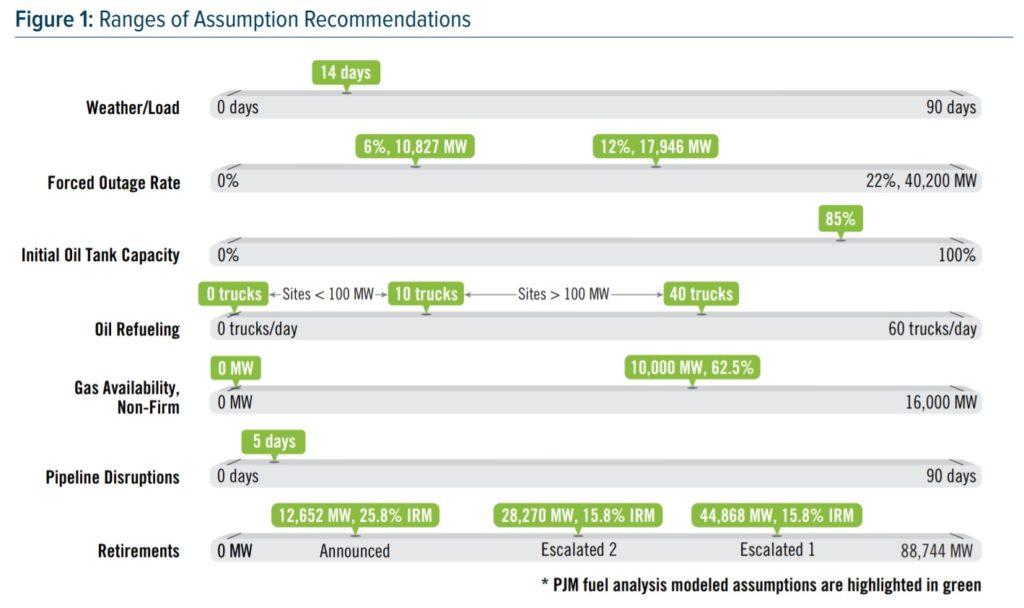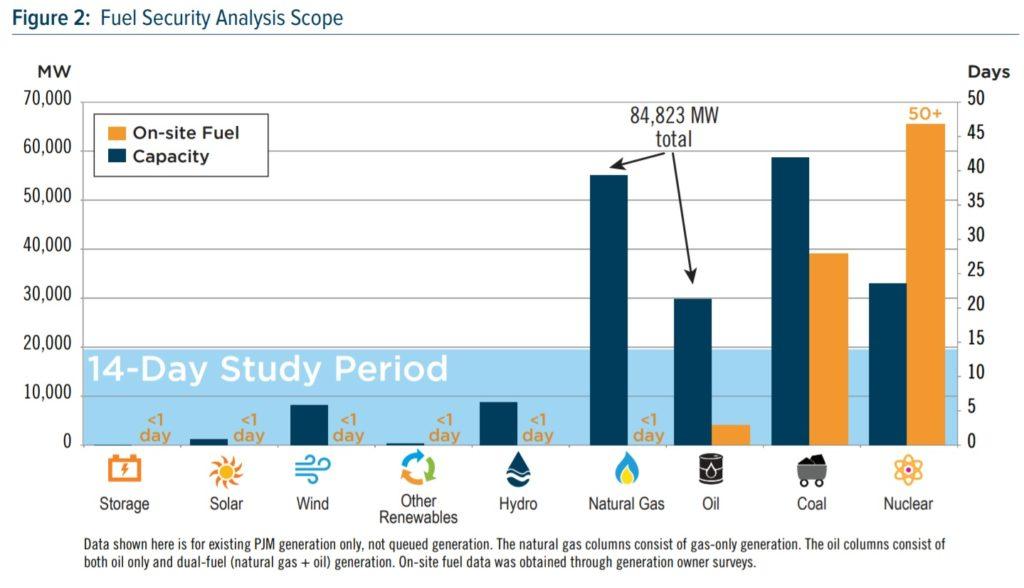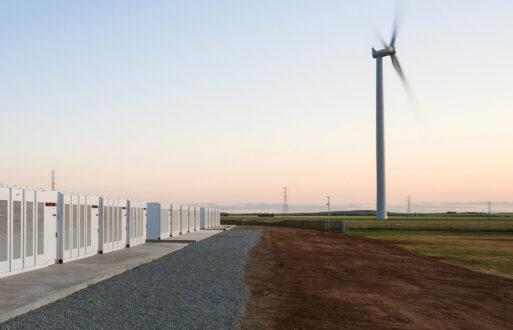As PJM pointed out in last month’s Fuel Security Initiative Study, ensuring that power is available whenever and wherever it is needed is the number one concern of the ISO and all other grid operators. This overriding priority requires a resilient grid that is increasingly under stress from new challenges that include:
- Rapid changes in the fuel mix
- Strained fuel delivery systems
- Extreme weather
- Cyber attacks
- Physical security threats
PJM studied 324 different scenarios
PJM conducted its Fuel Security Analysis to stress-test the grid under a series of extreme, but plausible events examining 324 scenarios that could occur during an extended period of cold weather, as well as varying elements such as:
- Customer demand
- Fuel availability
- Oil refueling frequency
- Generator-forced outage rates
- Retirements,
- Level of reserves
- Natural gas pipeline disruptions
The Study results are “Reliable under all but the most extreme scenarios.”
Source: PJM
In all scenarios, many key elements become increasingly important as the system comes under more stress, such as:
- Availability of non-firm gas transportation service
- Oil deliverability for purposes of replenishing on-site tanks
- Pipeline design,
- Reserve level and method of dispatch
PJM also found that combining any of the following key factors contributes substantially to potential load shed events:
- Level of retirements and replacements
- Availability of non-firm gas transportation service
- Ability to replenish oil supplies
- Location, magnitude, and duration of pipeline disruption
- Pipeline configuration
It’s important to note that, in order to develop a robust and plausible set of assumptions, sensitivities, and scenarios, PJM consulted with various stakeholders and incorporated the use of operating procedures to conserve fuel during peak winter conditions.

The ISO also modeled the impacts of a 14-day weather event. While the availability of all resource types was studied, the focus was on analyzing the risks to natural gas and fuel oil, which represent the largest amount of generation in PJM with less than 14 days of on-site fuel. PJM used highly customizable commercial software in its modeling that provided the flexibility needed to accurately simulate the complexities of the ISO’s system, time-varying decision-making, as well as fuel delivery and inventory constraints.

Using 2023-2024 as the study year, PJM’s analysis has shown no reliability issues on the system over a prolonged period of cold weather with (a) typical winter load, (b) accounting for announced retirements, and (c) new generation slated to be in operation by 2023. While there could be reserve shortages in extreme winter load scenarios, the grid would continue to deliver electricity reliably under these conditions.
PJM conclusions to date
PJM has assessed that, despite some risks and vulnerabilities with fuel security, the system is reliable today and will remain so into the future. PJM stressed that fuel security is an important component of ensuring reliability, especially if potential risks become a reality.
Further, PJM noted that it will continue to explore the valuation of fuel security attributes by consistently engaging with appropriate stakeholders to improve study results and promote market rule changes that optimize fuel security, as well as grid resilience.
PCI is tracking all PJM market changes closely
As always, PCI will be in attendance at relevant PJM meetings as stakeholders discuss the implementation details so that we are providing timely, value-added consultation services and software system changes to the GenManager bid-to-bill platform.
In addition, the GenTrader optimization system provides market participants the ability to model and plan for the impact of fuel supply/constraints (transportation, storage, and inventory management) in the near, mid, and long term.
All PCI solutions are fully integrated and can be deployed for cloud or on-premise access so that traders may easily incorporate opportunity costs into their bids in order to recover their costs.







